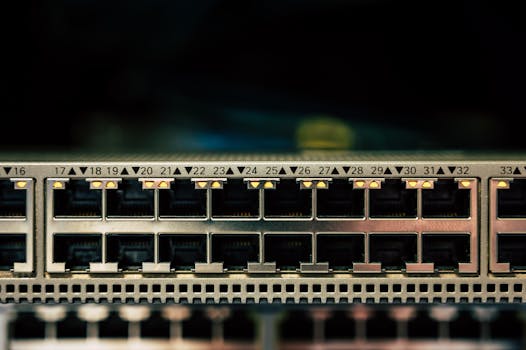
MEO Satellites: Unlocking the Potential of Global Connectivity
MEO satellites, or Medium Earth Orbit satellites, are a type of satellite that operates in an orbit between 2,000 and 36,000 kilometers above the Earth’s surface. These satellites are playing a crucial role in providing high-speed, low-latency internet connectivity to remote and underserved areas around the world. With the increasing demand for global connectivity, MEO satellites are becoming an essential component of the telecommunications industry.
The use of MEO satellites offers several advantages over traditional Geostationary Earth Orbit (GEO) satellites. MEO satellites have a lower latency due to their closer proximity to the Earth, which enables faster data transfer rates. Additionally, MEO satellites have a wider coverage area, making them ideal for providing internet connectivity to large regions. The lower latency and wider coverage area of MEO satellites make them an attractive option for applications such as broadband internet, mobile networking, and IoT connectivity.
How MEO Satellites Work
MEO satellites work by transmitting and receiving data signals to and from Earth stations. The satellites are equipped with transponders that amplify and re-transmit the signals, allowing them to cover large areas. The signals are then received by Earth stations, which decode and distribute the data to the intended recipients. MEO satellites typically operate in the Ka-band or Q/V-band frequency range, which provides high bandwidth and low latency.
The constellation of MEO satellites is designed to provide seamless coverage of the Earth’s surface. The satellites are spaced at regular intervals to ensure that there is always a satellite in view from any point on the Earth. This allows for continuous connectivity and minimizes the risk of signal loss or interruption. The constellation is also designed to be scalable, allowing for the addition of new satellites as demand for connectivity increases.
Applications of MEO Satellites
MEO satellites have a wide range of applications, including broadband internet, mobile networking, IoT connectivity, and emergency communications. The high-speed, low-latency connectivity provided by MEO satellites makes them ideal for applications that require real-time data transfer, such as video conferencing, online gaming, and cloud computing. MEO satellites are also being used for mobile networking, providing connectivity to remote and underserved areas where traditional cellular networks are not available.
The use of MEO satellites for IoT connectivity is also becoming increasingly popular. The low latency and high bandwidth of MEO satellites make them ideal for applications such as smart cities, industrial automation, and agriculture. MEO satellites can provide connectivity to large numbers of devices, enabling real-time monitoring and control of critical infrastructure. In emergency situations, MEO satellites can provide critical connectivity for first responders and emergency services, enabling them to respond quickly and effectively to disasters and other emergencies.
The Future of MEO Satellites
The future of MEO satellites looks promising, with several new constellations and technologies being developed. The use of advanced technologies such as phased arrays and digital beamforming is enabling the development of more efficient and effective MEO satellites. The increasing demand for global connectivity is driving the growth of the MEO satellite market, with new applications and use cases being developed all the time.
One of the key challenges facing the MEO satellite industry is the need for greater standardization and interoperability. The development of common standards and protocols is essential for enabling seamless connectivity between different satellite systems and networks. The industry is also working to address concerns around regulatory frameworks, spectrum allocation, and cybersecurity.





